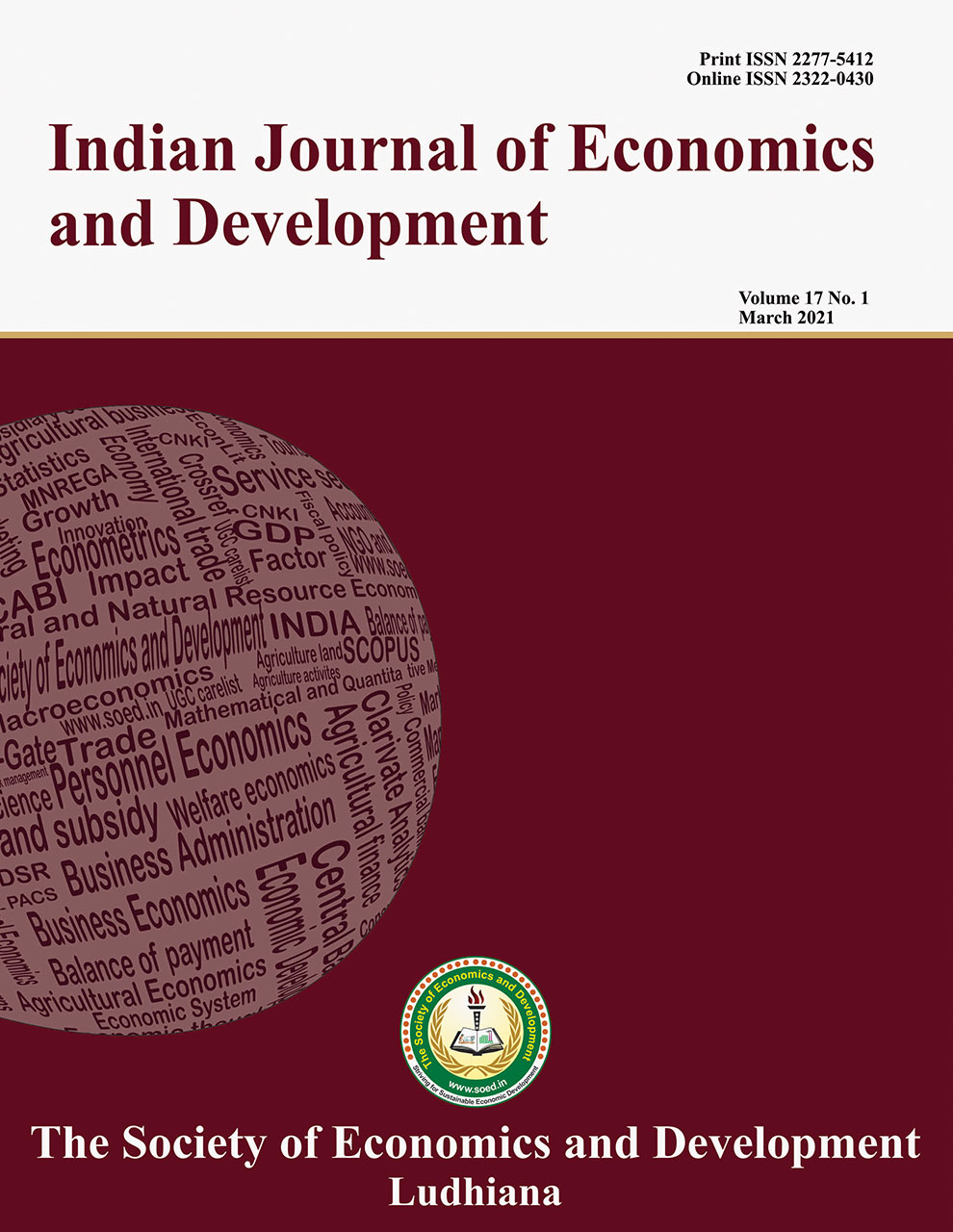Canadian Regional Agriculture Model: Positive Mathematical Programming Applied to the Beef Sector in Canada

Price: ₹ 500
Author: Timothy John Colwill and Ravinderpal Singh Gill*
Author Address: Economic & Industry Analysis Division, Research and Analysis Directorate Strategic Policy Branch Agriculture and Agri-Food Canada, 1341 Baseline Road, Ottawa, ON, Canada K1A 0C5 *Corresponding author’s email: ravinderpal.gill@canada.ca
Keywords: Beef, feed prices, marginal cost function, positive mathematical programming.
JEL Codes: CO2, D24, Q11, Q12, Q18.
Abstract
This paper describes the Positive Mathematical Programming (PMP), the method for calibrating models of agricultural livestock production and resource use by a nonlinear total cost function. The PMP method is applied to agricultural sectoral models to study changes in policy and market signals. The Canadian Regional Agriculture Model (CRAM) is a regional, multi-sectoral, comparative static, partial equilibrium, mathematical programming model developed and maintained by Agriculture and Agri-Food Canada (AAFC) since mid-eighties. The PMP process converts a linear model using flexibility constraints into a nonlinear model in the absence of the flexibility constraints. A component of CRAM is the beef sector. The elements of the set of total cost curves are defined as quadratic function in terms of the number of cows and calves in the beef production activities. The marginal cost curves were then approximated using the shadow values from linear programming solution with linear curves. Once the flexibility constraints were removed, the model automatically calibrates to the base year production levels. The results from four scenarios indicated the beef sector of CRAM could predict the impact of the scenarios on the size of beef herd. In Scenario 1 where cash costs were increased by 10 percent, the breeding herd size decreased from 3.73 percent in New Brunswick to 0.0 percent in Ontario and Quebec. In Scenario 2 where barley costs were decreased by 10 percent, the breeding herd size increased from 0 percent for British Columbia, Alberta,Ontario, Quebec, Prince Edward Island and Nova Scotia to 1.93 percent for New Brunswick. In Scenario 3 where carcass weight per beef cow could be increased by 10 percent, the increase in beef herd size ranged from 0 percent for Ontario and Quebec to 2.56 percent for New Brunswick. In Scenario 4 where world beef prices were increased by 10 percent increase in beef herd size ranged from 4.48 percent for Manitoba to 25.78 percent for New Brunswick.
Description
Indian Journal of Economics and Development
Volume 16 No. 1, 2020, 1-8
DOI: https://doi.org/10.35716/ijed/19071
Indexed in Clarivate Analytics (ESCI) of WoS
NAAS Score: 4.82
UGC Approved: UGC Care List Group II
Timothy John Colwill and Ravinderpal Singh Gill*
Economic & Industry Analysis Division, Research and Analysis Directorate Strategic Policy Branch
Agriculture and Agri-Food Canada, 1341 Baseline Road, Ottawa, ON, Canada K1A 0C5
*Corresponding author’s email: ravinderpal.gill@canada.ca



